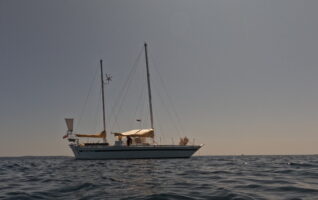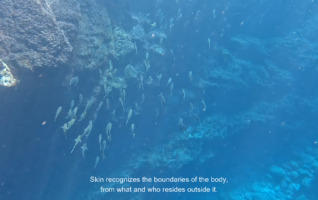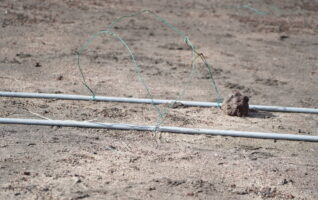Sargasso seaweed in the Azores in the winter months, 2024
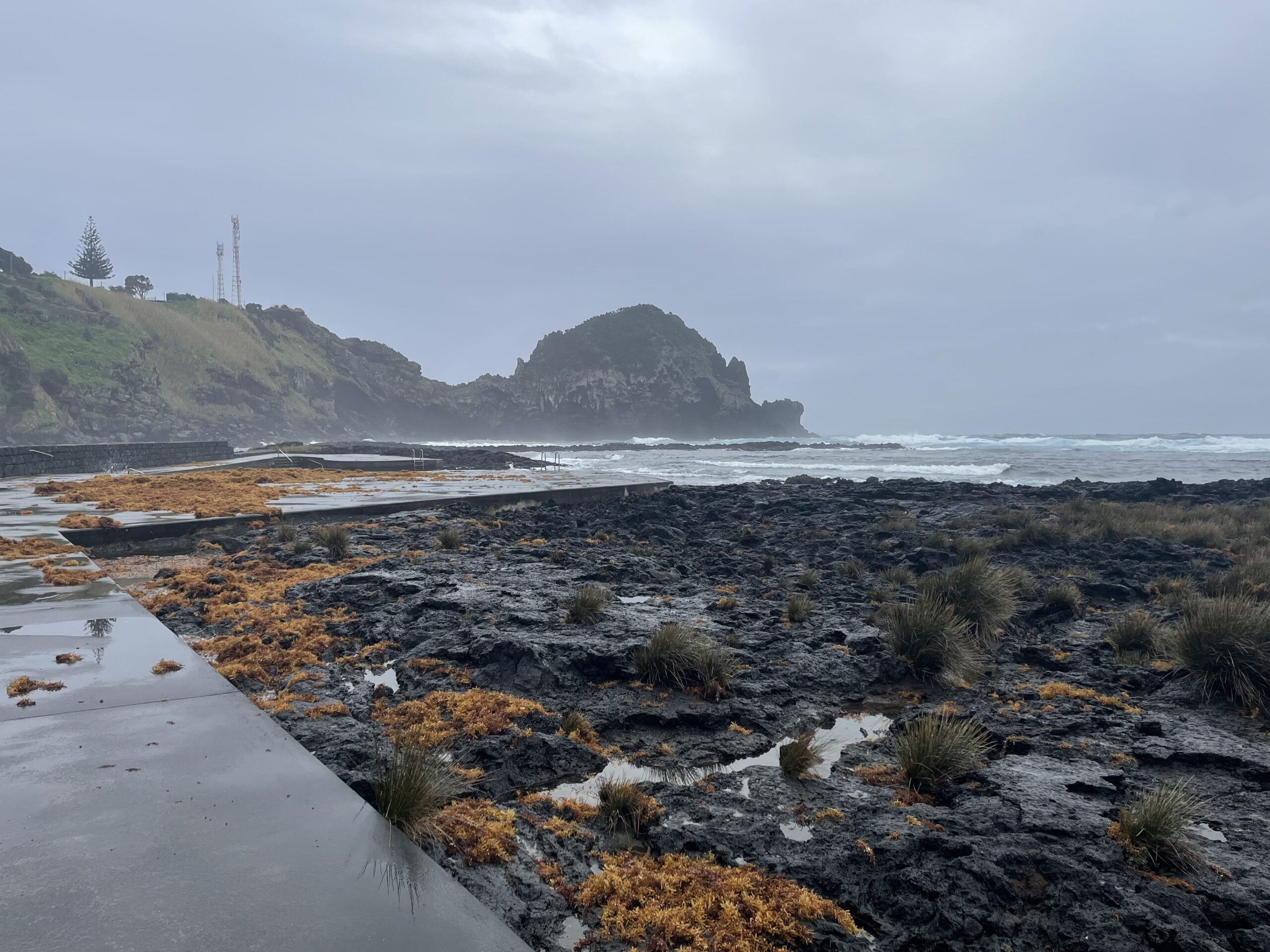
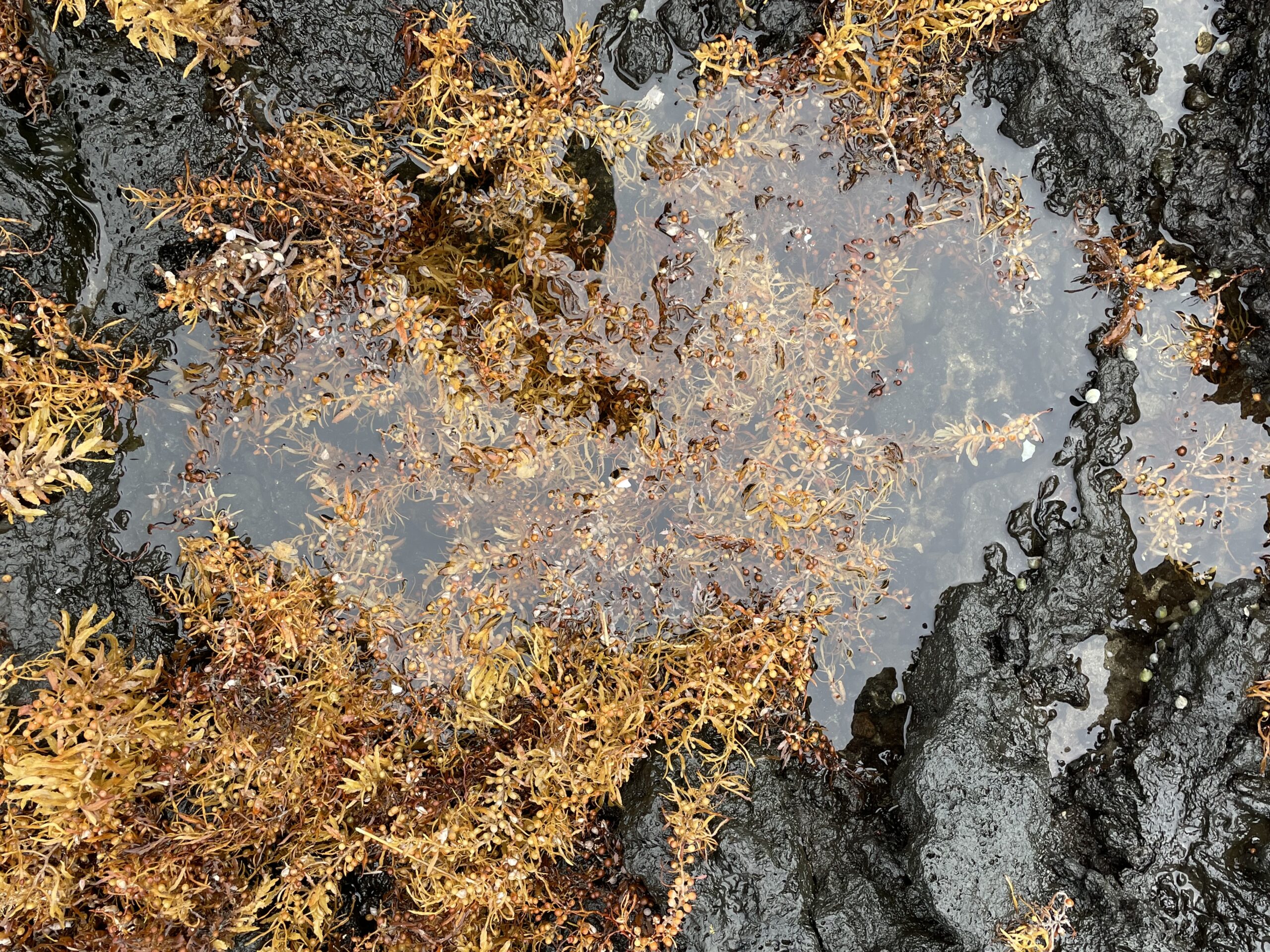 photos Sea-Water Amplification (SWA) Lajes do Pico, Ilha do Pico, Azores, Atlantic Ocean 2024
photos Sea-Water Amplification (SWA) Lajes do Pico, Ilha do Pico, Azores, Atlantic Ocean 2024
These days, large amounts of washed-up Sargasso seaweed appear in the Azores, which is reportedly quite unusual in the winter months, as Sargasso tends to decline in the winter and autumn months. This type of seaweed is specific to the latitudes of the tropical Atlantic. In its traditional environment, Sargasso is a great ecological asset. However, the spread of biomass in the (tropical) Atlantic has confirmed the old adage that too many good things can be bad.
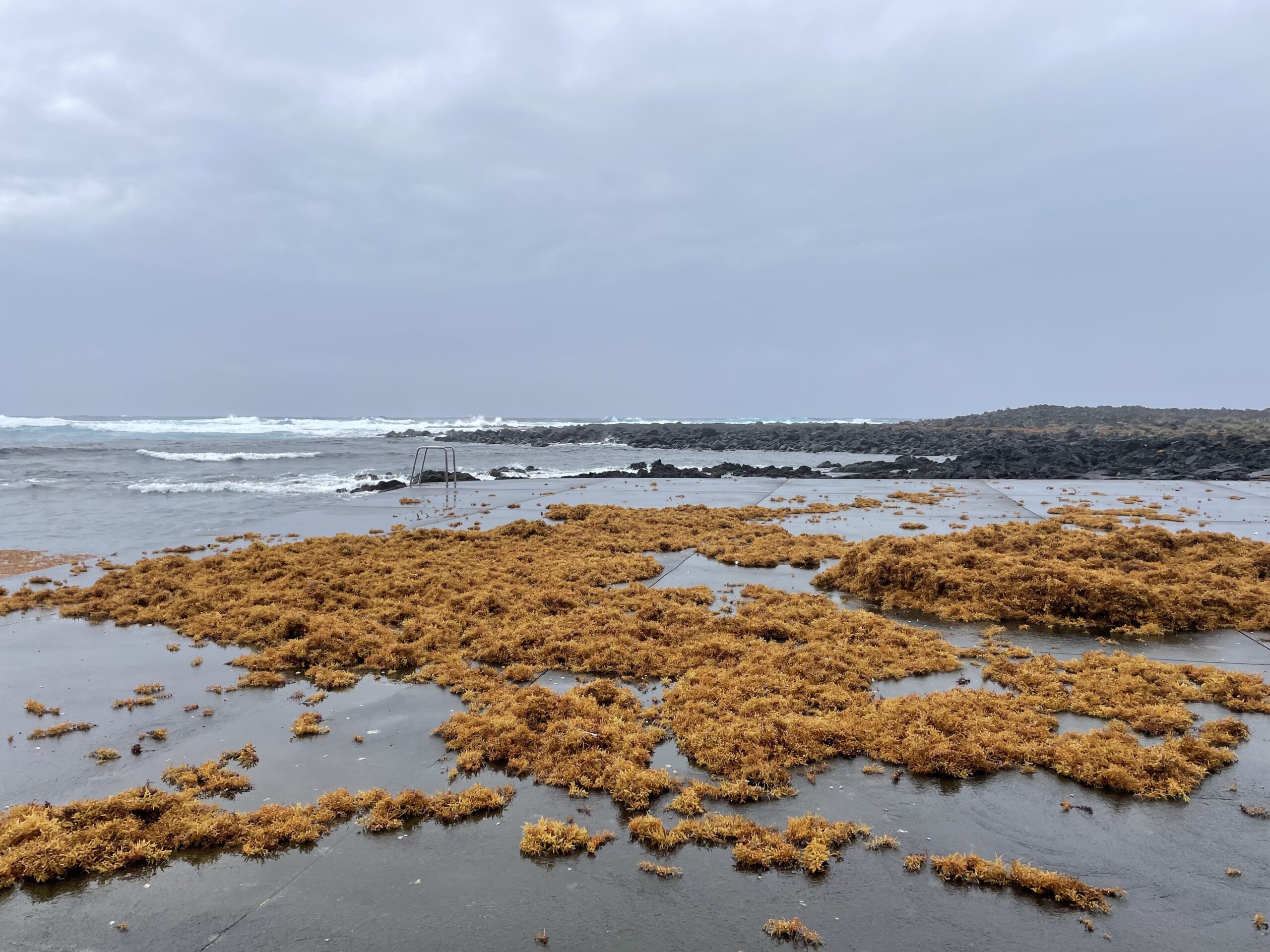
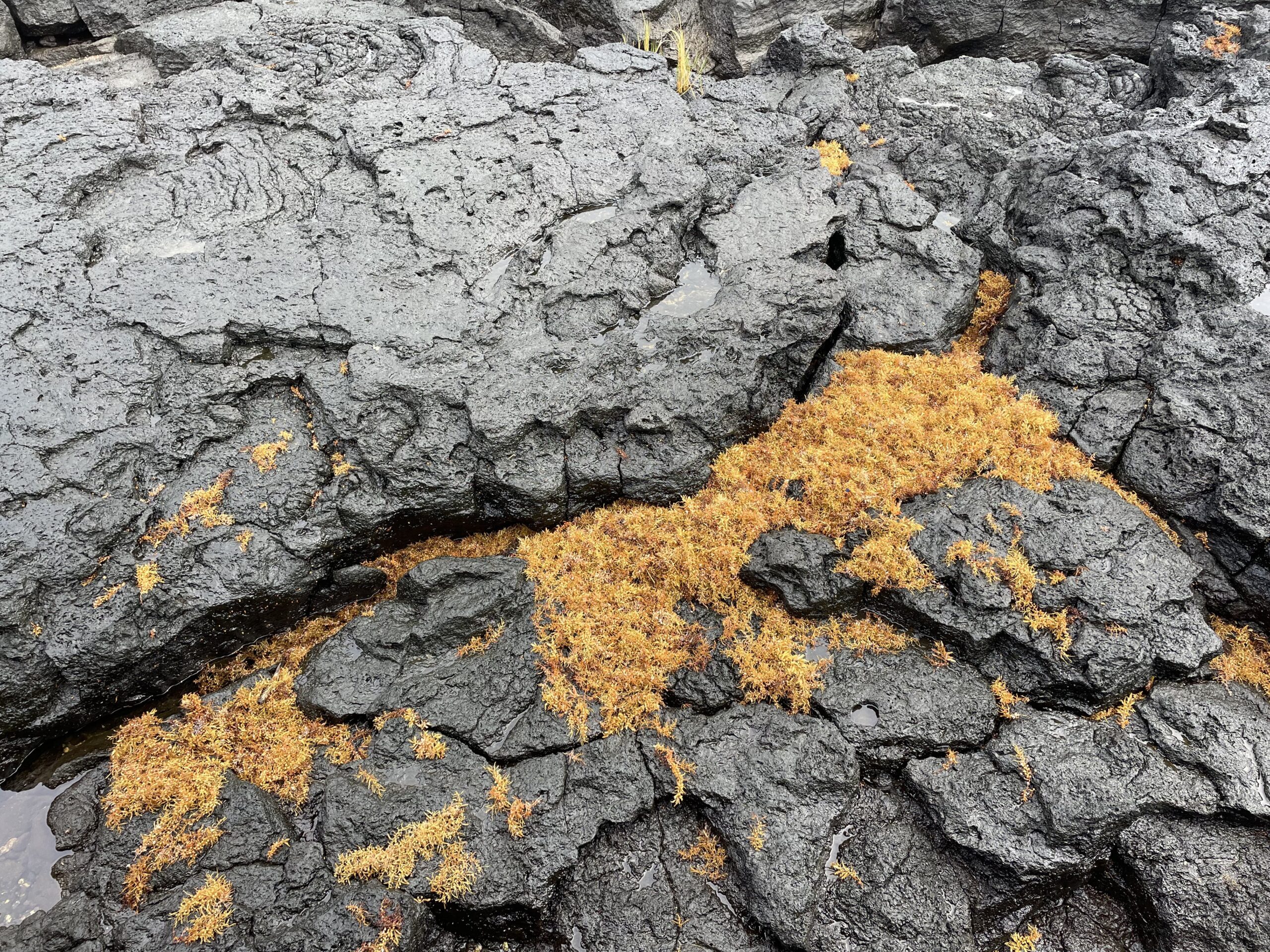
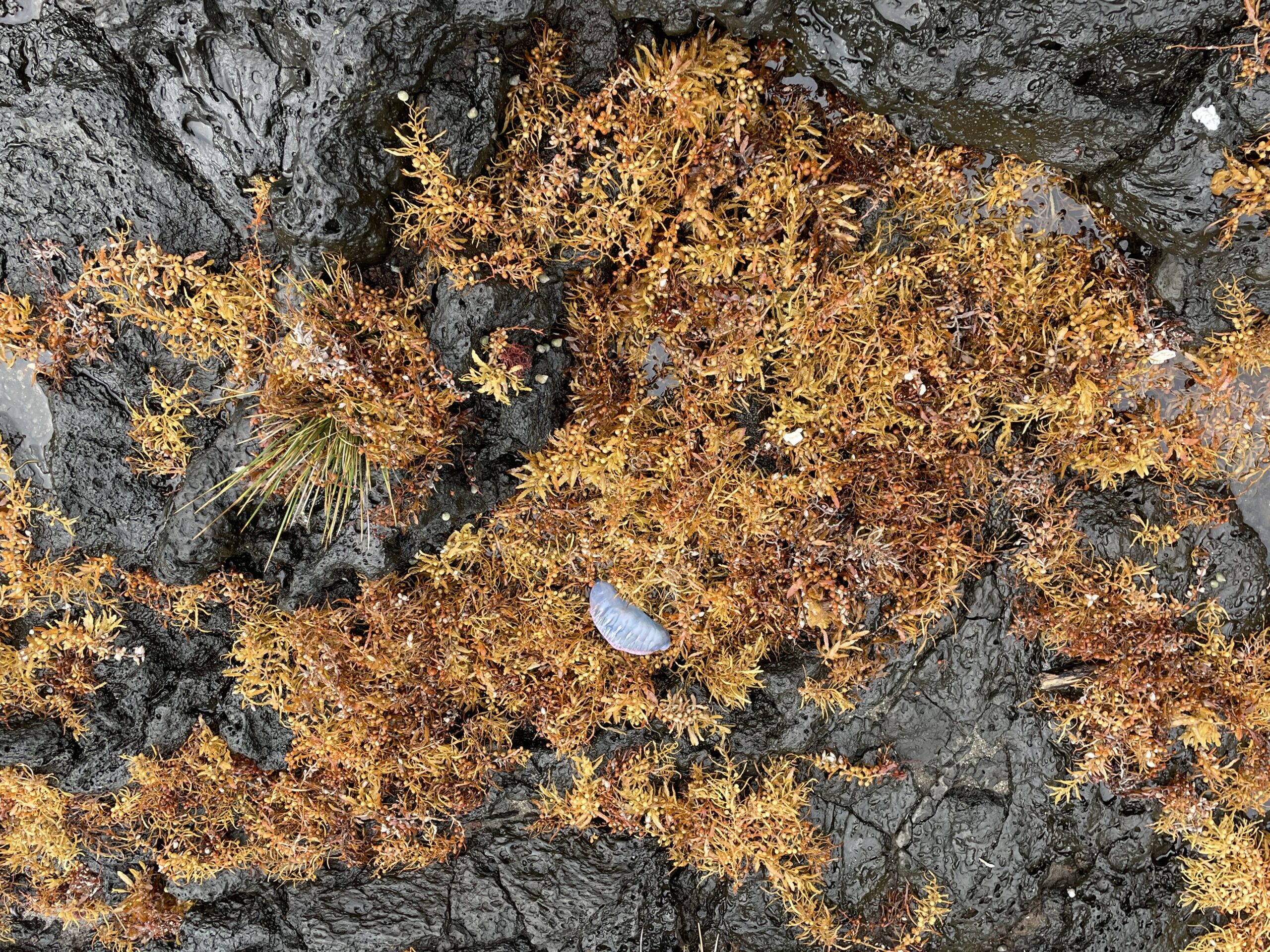 photos Sea-Water Amplification (SWA) Lajes do Pico, Ilha do Pico, Azores, Atlantic Ocean 2024
photos Sea-Water Amplification (SWA) Lajes do Pico, Ilha do Pico, Azores, Atlantic Ocean 2024
Clusters of floating seaweed are often concentrated by extremely strong winds and waves associated with the Gulf Stream, which carry them further across the Atlantic Ocean beyond their normal trajectories.
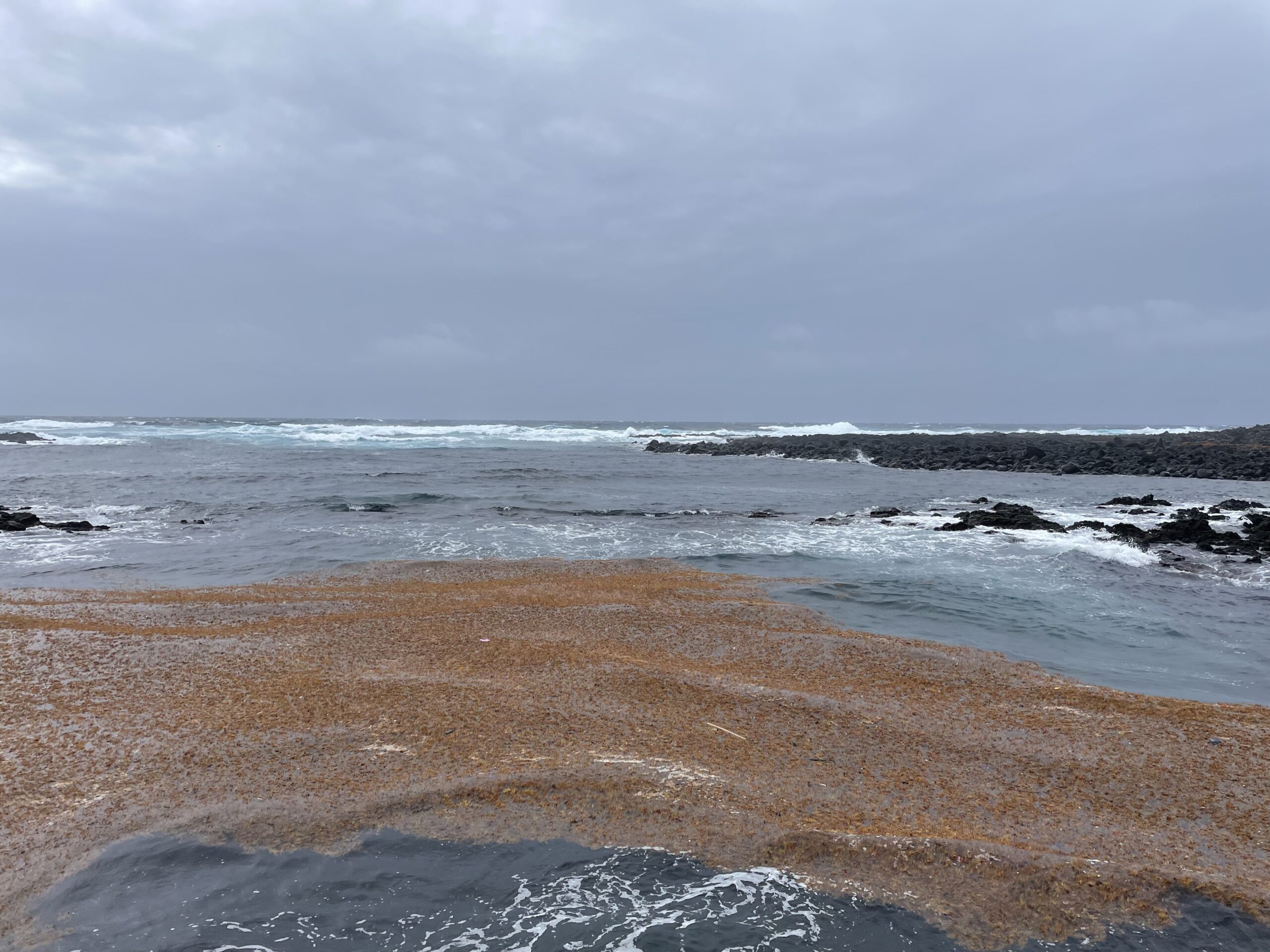
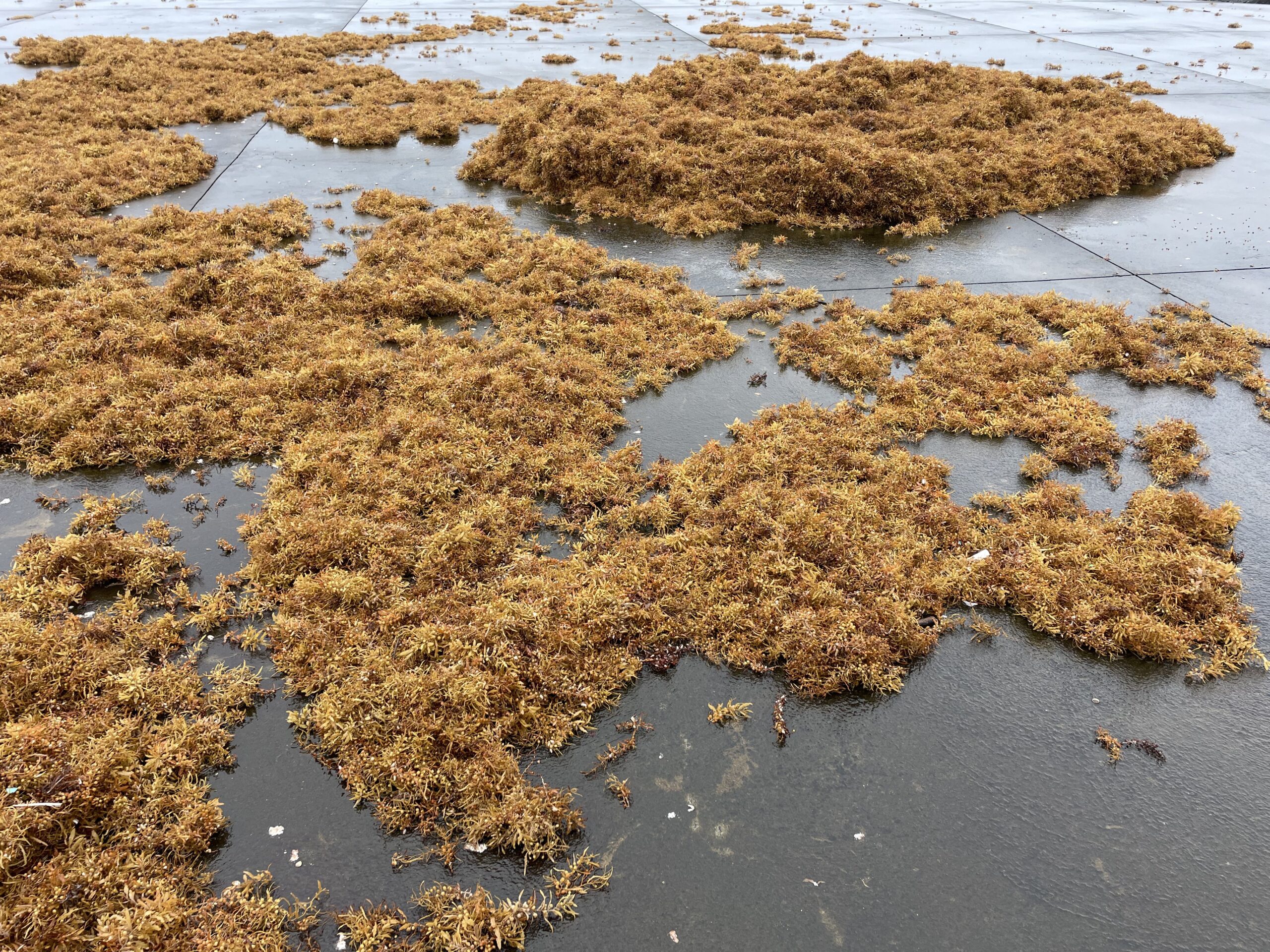 photos Sea-Water Amplification (SWA) Lajes do Pico, Ilha do Pico, Azores, Atlantic Ocean 2024
photos Sea-Water Amplification (SWA) Lajes do Pico, Ilha do Pico, Azores, Atlantic Ocean 2024
So Sargasso in the winter months in a temperate geographic belt can also be seen as evidence of how quickly and dynamically events in the North Atlantic are changing. The question arises, what will happen in the future?
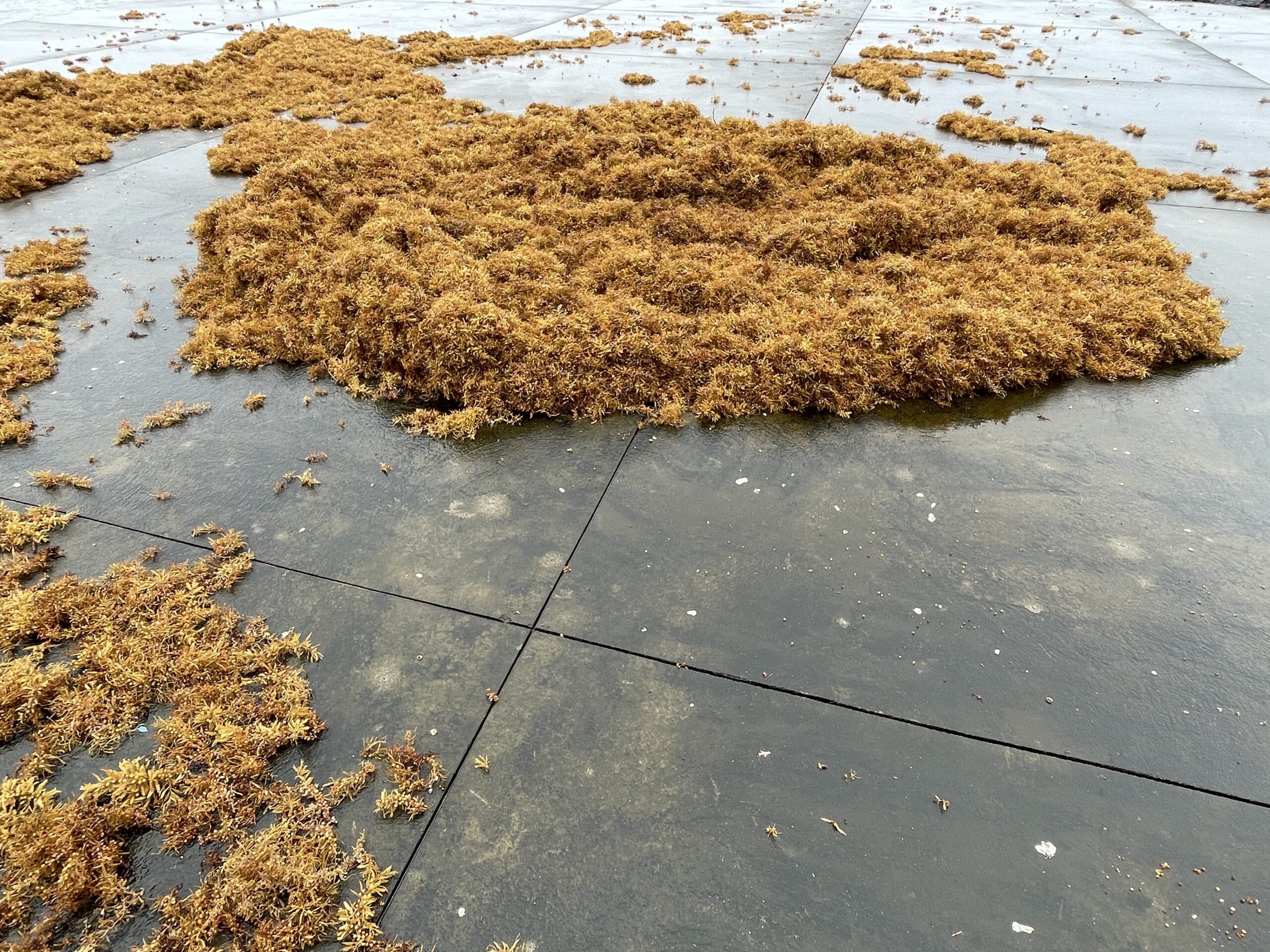 photos Sea-Water Amplification (SWA) Lajes do Pico, Ilha do Pico, Azores, Atlantic Ocean 2024
photos Sea-Water Amplification (SWA) Lajes do Pico, Ilha do Pico, Azores, Atlantic Ocean 2024
Sargasso also functions as floating islands, providing a living space for many of the creatures that are more likely to be found near the coast, including shrimps, crabs, worms and fish. Some life forms have evolved along with weeds and adopted their color for camouflage.
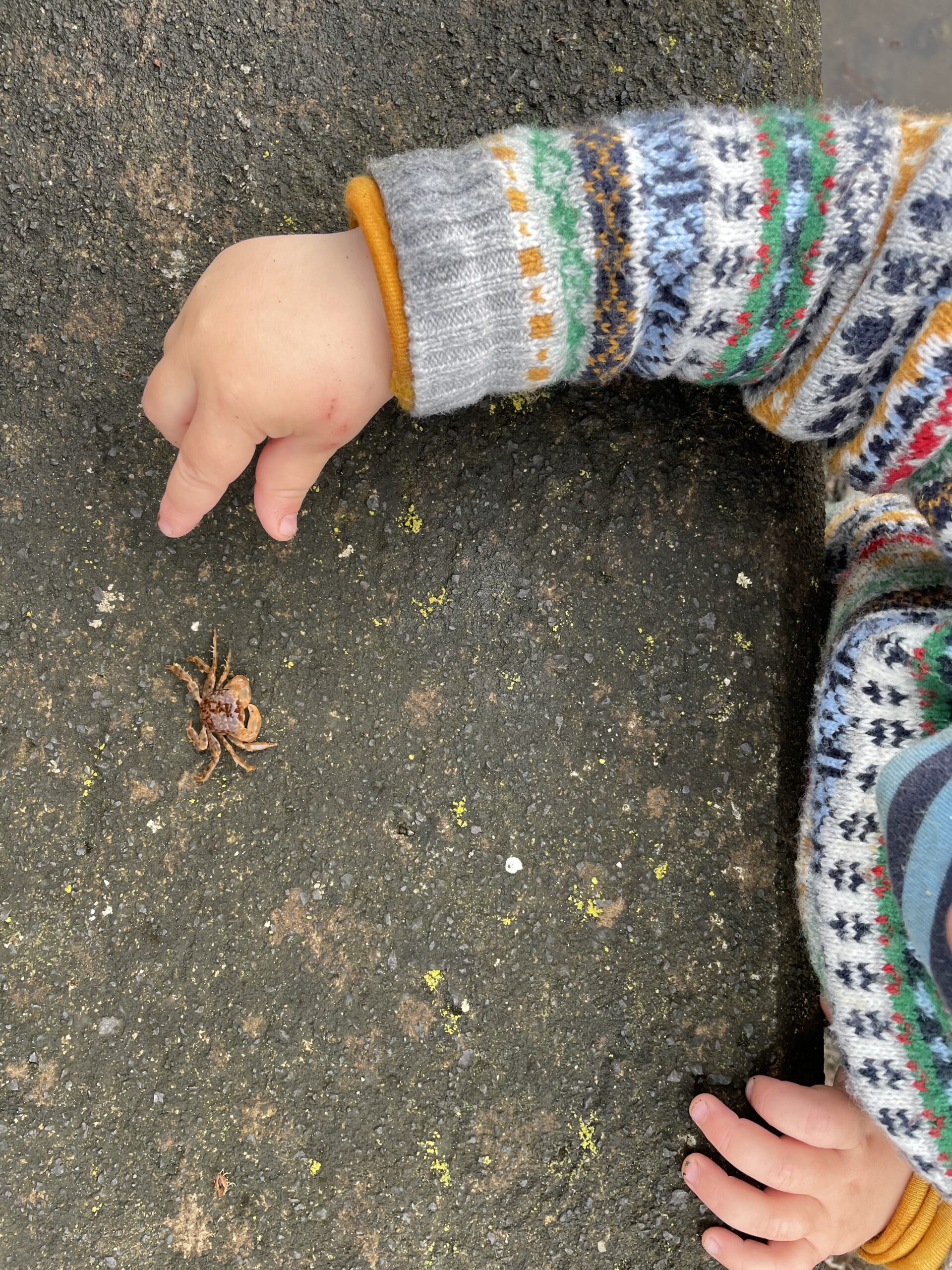
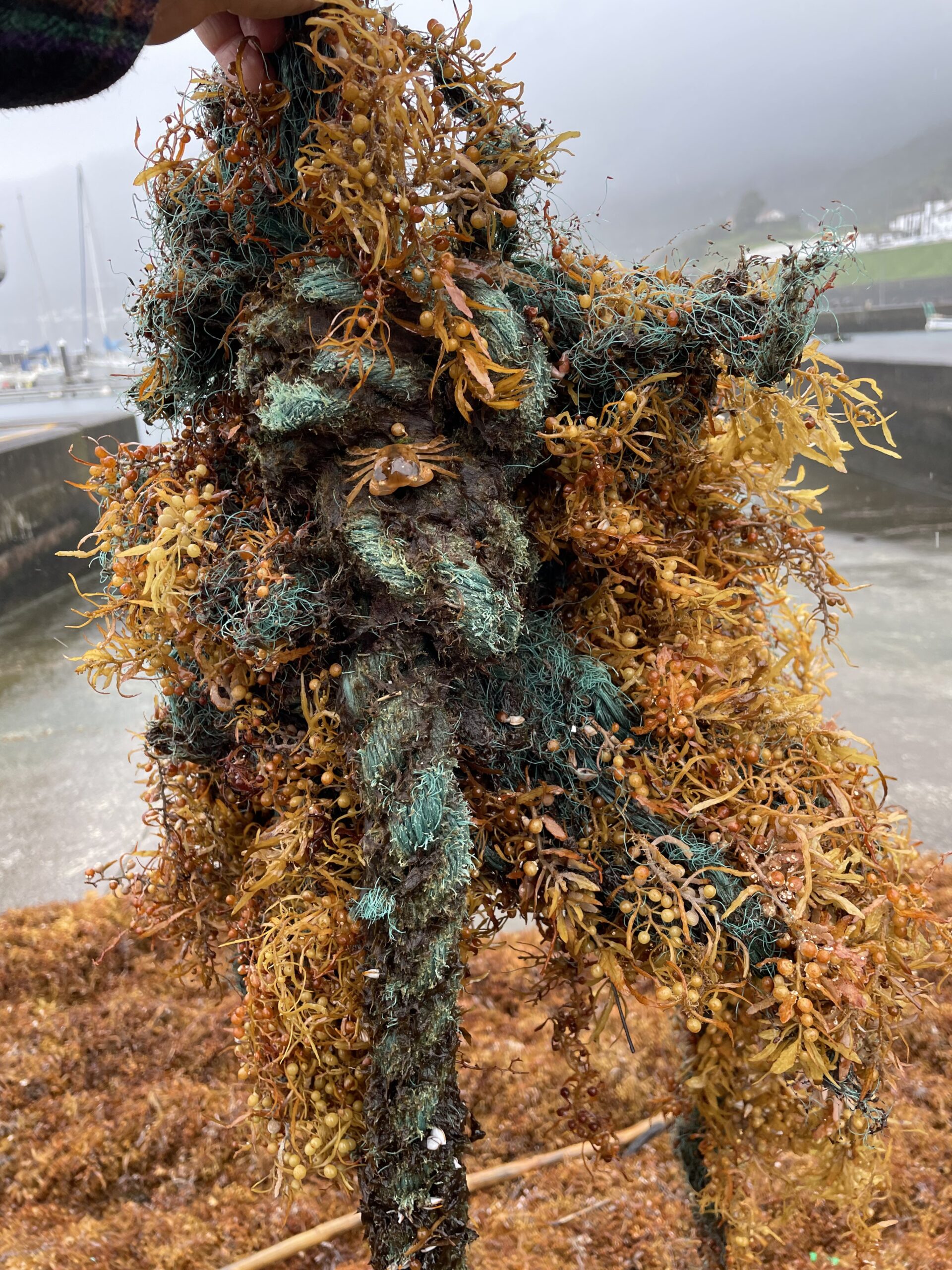 photos Sea-Water Amplification (SWA) Lajes do Pico, Ilha do Pico, Azores, Atlantic Ocean 2024
photos Sea-Water Amplification (SWA) Lajes do Pico, Ilha do Pico, Azores, Atlantic Ocean 2024
Large amounts of sargasso can also contain high concentrations of heavy metals and arsenic, which can cause health problems.
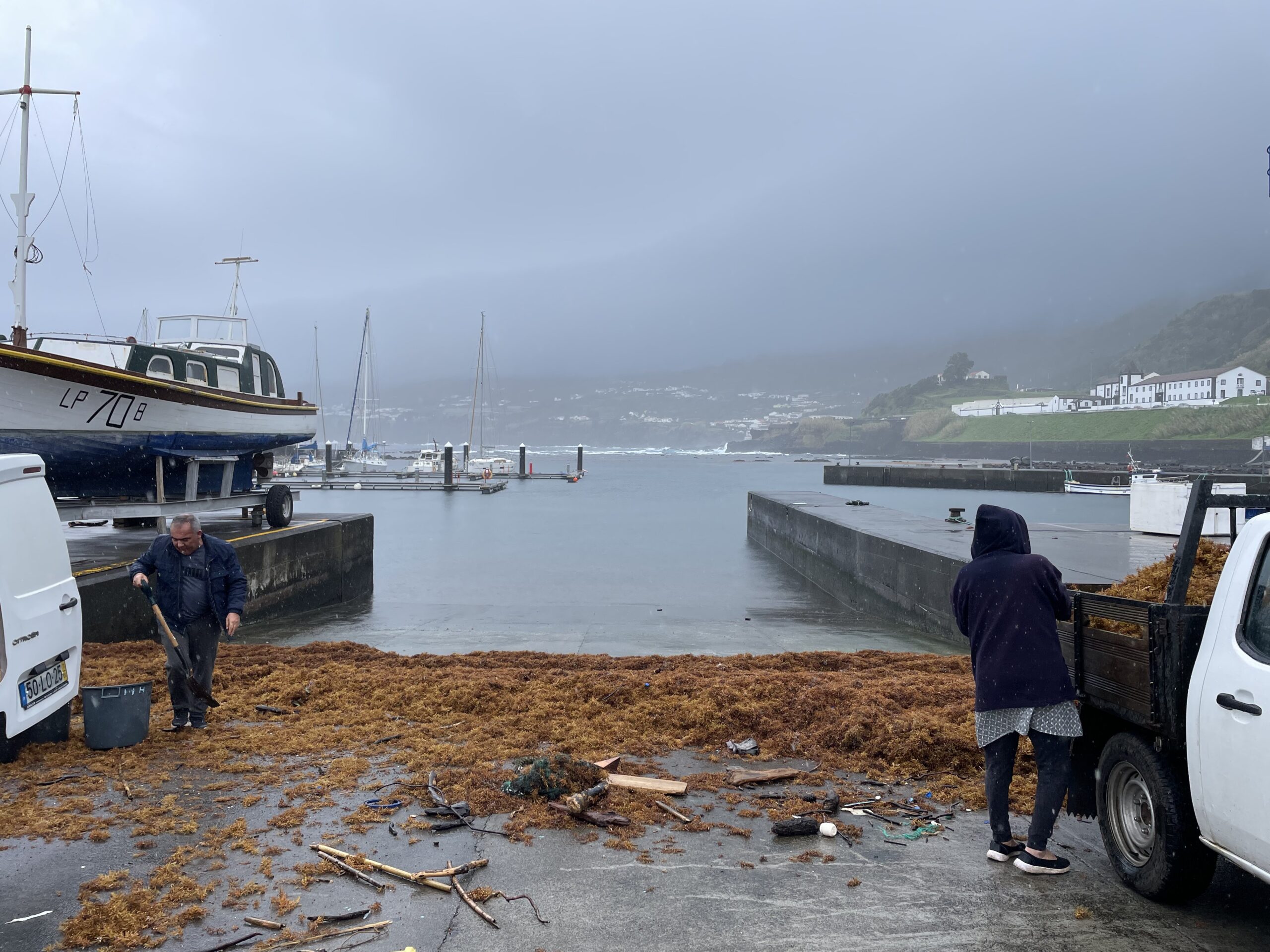 photos Sea-Water Amplification (SWA) Lajes do Pico, Ilha do Pico, Azores, Atlantic Ocean 2024
photos Sea-Water Amplification (SWA) Lajes do Pico, Ilha do Pico, Azores, Atlantic Ocean 2024
Previously, it was an oasis in the ocean desert
near the floating islands
shoals of fish feasted.
For us, it was an excellent place
for fishing.
But everything has changed in a fundamental way!
As spring turns into summer,
a number of seaweeds have created
The Great Atlantic Sargasse Belt
– goes with it.
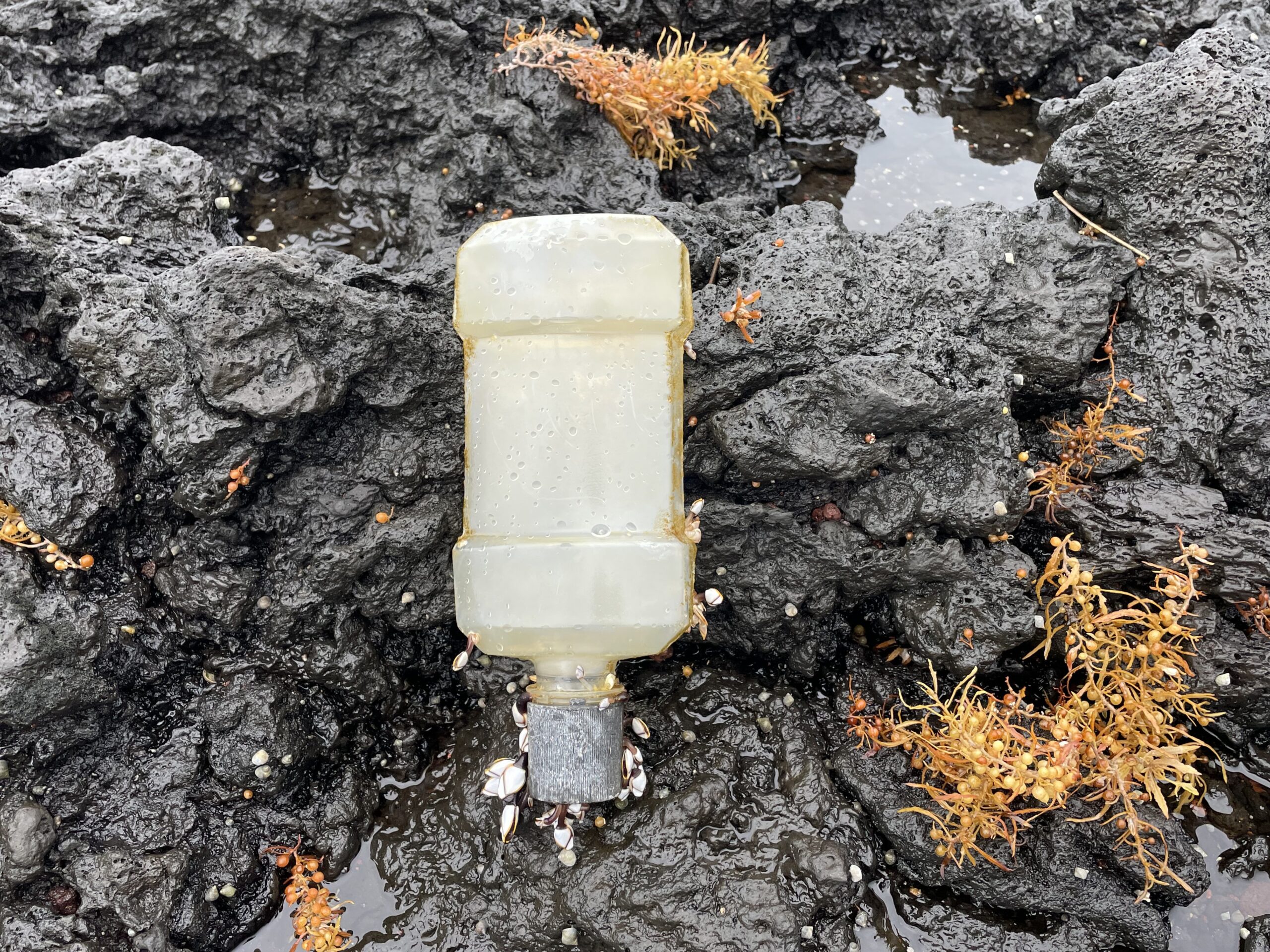
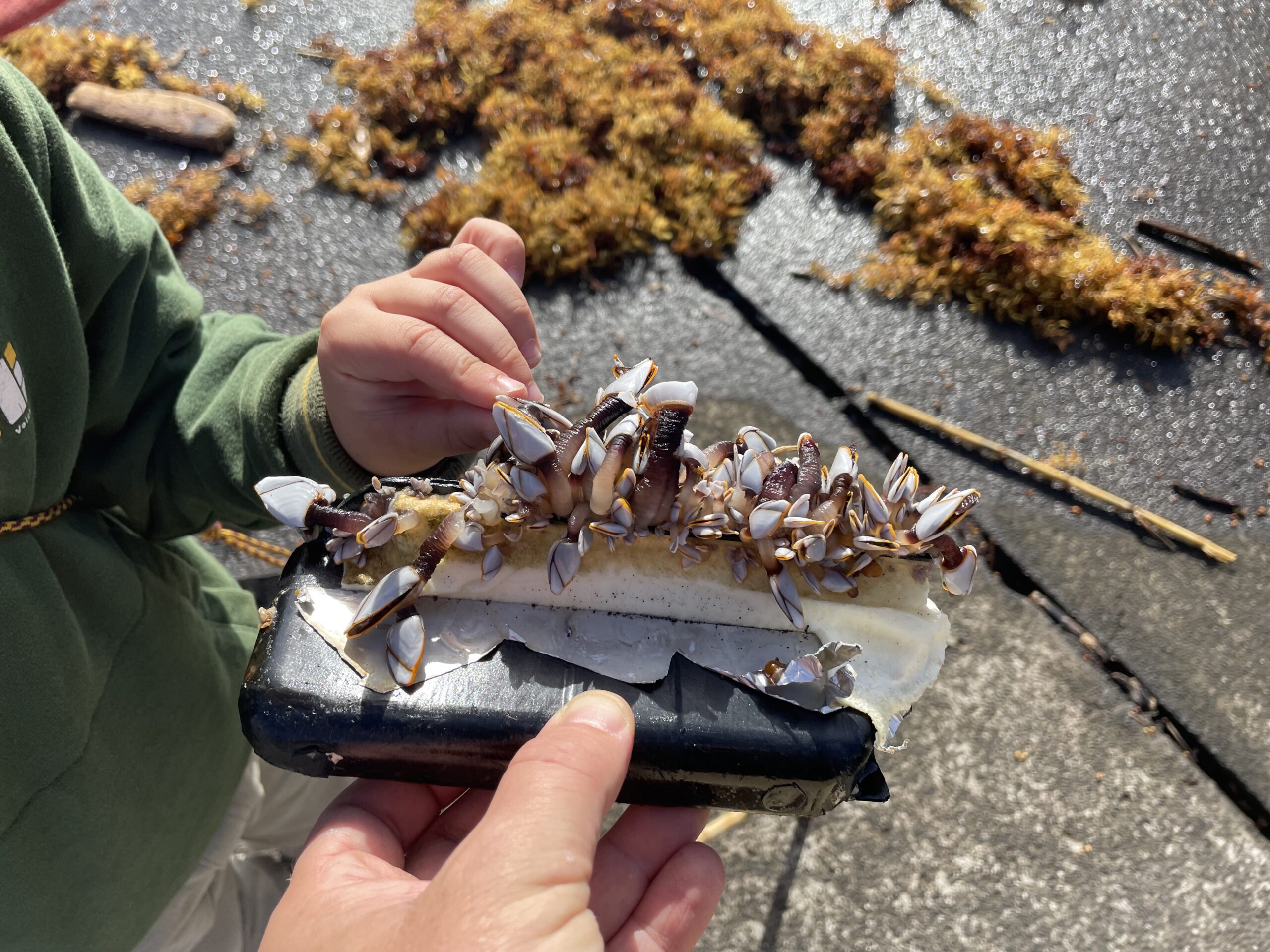 photos Sea-Water Amplification (SWA) Lajes do Pico, Manhenha, Ilha do Pico, Azores, Atlantic Ocean 2024
photos Sea-Water Amplification (SWA) Lajes do Pico, Manhenha, Ilha do Pico, Azores, Atlantic Ocean 2024
Goose barnacles cling on to many different kinds of floating debris on the high seas. Attached to a substrate, the barnacles travel across the open ocean filter feeding on plankton, catching it with specially adapted legs that shoot from the shells. You can tell when plastic trash has spent time at sea by the amount of barnacles on it.
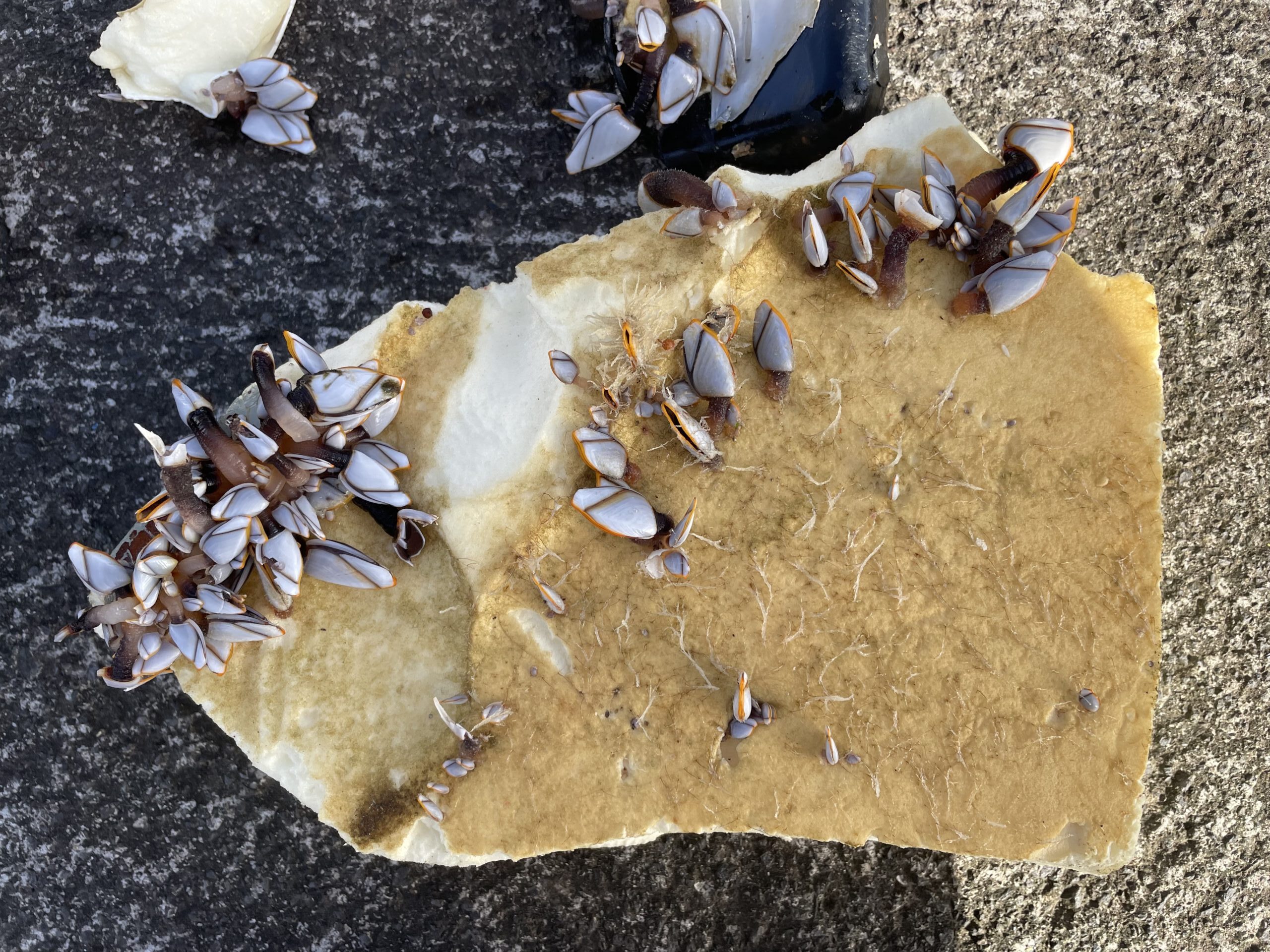
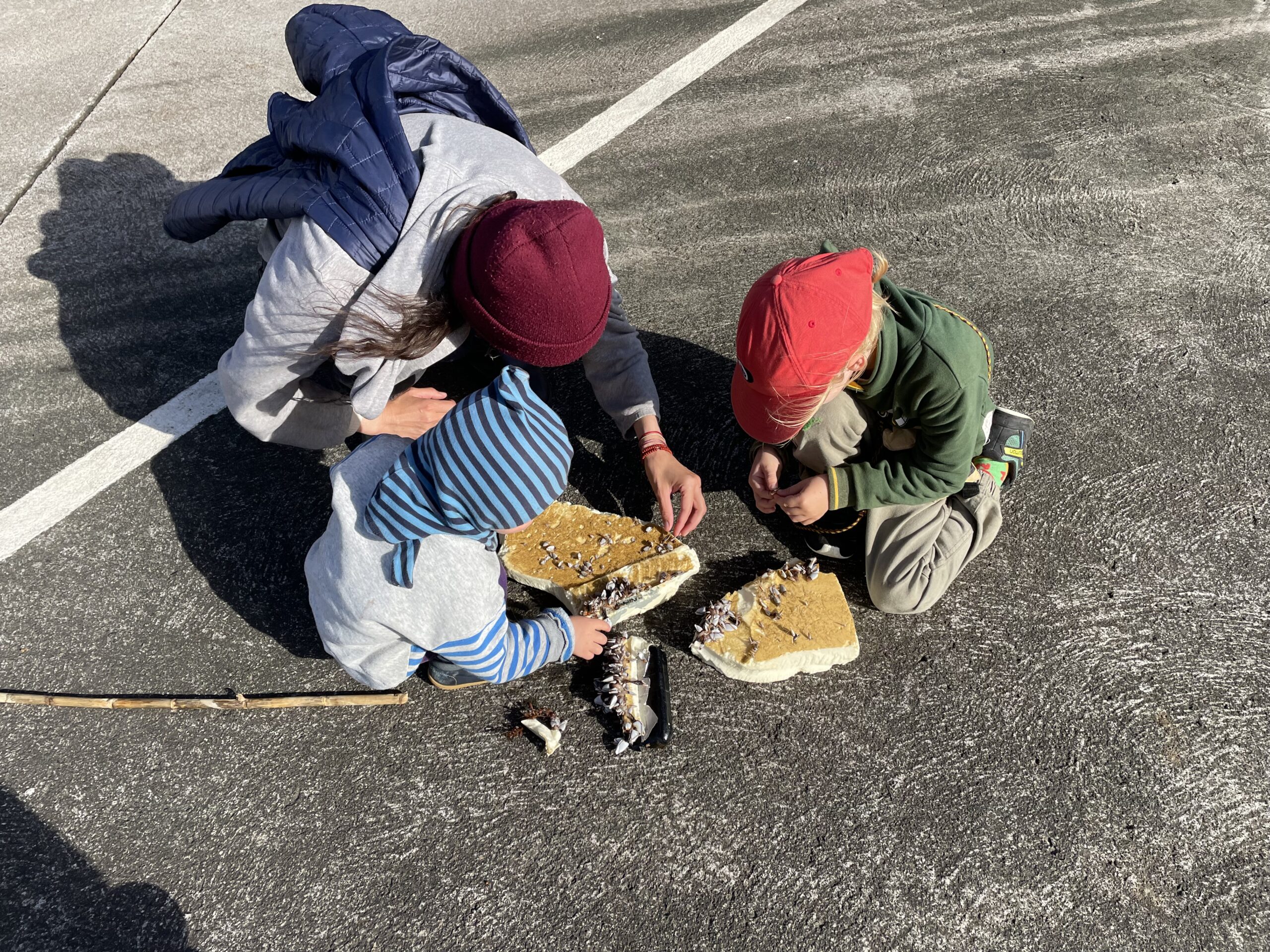 photos Sea-Water Amplification (SWA) Manhenha, Ilha do Pico, Azores, Atlantic Ocean 2024
photos Sea-Water Amplification (SWA) Manhenha, Ilha do Pico, Azores, Atlantic Ocean 2024
Interesting links:
📒 Study Clearly Identifies Nutrients as a Driver of the Great Atlantic Sargassum Belt
📒 Extreme climate event in North Atlantic may have kicked off Sargassum explosion a decade ago
📒 Experimental Weekly Sargassum Inundation Risk

